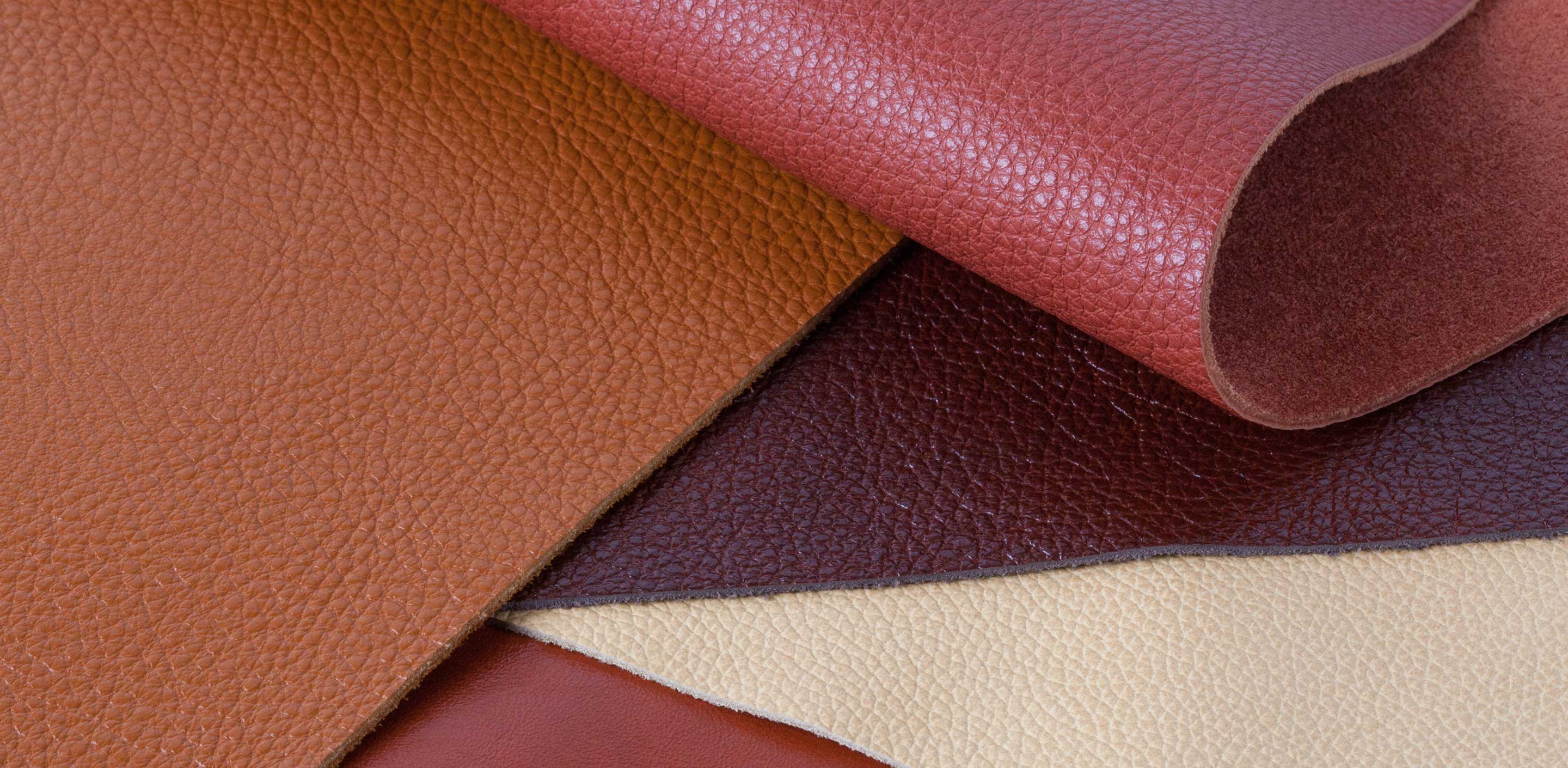Behind the Hype: The Real Impact of Eco Leather on Sustainability

Eco leather, often celebrated for its sustainability and ethical production methods, represents an innovative approach to real leather manufacturing. Aimed at reducing environmental impact, eco-leather is crafted from various materials, including plant-based sources and recycled goods, offering an alternative that appeals to eco-conscious consumers and industries alike.
Eco leather comes as an answer to the growing demand for more sustainable and environmentally friendly leather options. It encompasses a range of materials that mimic the look and feel of real leather without the extensive environmental footprint associated with conventional leather tanning and production.
History and Legacy
The concept of eco-leather emerged from the broader environmental movement, gaining traction as awareness of real leather's ecological and ethical concerns grew. It has roots in both ancient and modern techniques, combining Real methods with contemporary innovation to produce leather alternatives that are less harmful to the planet.
How Is It Made?
Eco-leather can be made from a variety of sources, including:
- Recycled Leather: Utilizing offcuts and remnants from real leather production, which are then bonded and treated to create a new material.
- Plant-Based Materials: Innovations have led to leather-like materials made from pineapple leaves (Piñatex), apple peels, cork, and even mushroom mycelium (Muskin).
- Synthetic Blends: Some eco leathers are made from polyurethane (PU) or polyvinyl chloride (PVC), designed to have a lower environmental impact during production.
How To Identify?
- Labels and Certifications: Look for specific mentions of eco-friendly practices, certifications, or the use of plant-based materials.
- Texture and Appearance: While eco-leather strives to replicate Real leather, subtle differences in texture or consistency may be noticeable.
- Brand Information: Many brands specializing in eco-friendly products will highlight the use of eco-leather in their items.
Characteristics and Qualities
Advances in production have led to eco-leathers that rival real leather in wear and tear resistance. Significantly lower environmental impact, from reduced water usage to decreased chemical treatments. Available in a wide range of textures, colors, and finishes to suit various applications.
Uses
Eco leather's versatility and sustainability have made it a popular choice across various industries, including:
- Fashion: Used extensively in creating shoes, jackets, handbags, and accessories, eco-leather offers a cruelty-free and environmentally friendly alternative to real leather.
- Furniture: Ideal for upholstery, eco-leather provides a durable and stylish option for sofas, chairs, and other home furnishings.
- Automotive: Some eco-conscious car manufacturers incorporate eco leather into their vehicle interiors for seats, dashboards, and door panels.
- Accessories: Wallets, belts, and watch straps made from eco-leather combine durability with sustainable fashion.
Advantages
- Environmental Impact: Significantly reduces the carbon footprint associated with real leather production, utilizing less water and fewer chemicals.
- Ethical Considerations: Offers a cruelty-free alternative to animal leather, appealing to vegans and those concerned with animal welfare.
- Innovation and Diversity: Continuous advancements in materials science have expanded the range of textures, colors, and properties available in eco-leather.
Disadvantages
- Variability in Quality: The quality of eco-leather can vary greatly depending on the source and production process, potentially affecting durability and appearance.
- Care Requirements: Some types of eco-leather may require specific care instructions, which can be inconvenient for users unfamiliar with the material.
- Cost: The innovative processes and materials used in eco-leather can lead to higher prices compared to conventional leather products.
Care and Maintenance
- Cleaning: Gently wipe the surface with a damp cloth. For tougher stains, use a mild soap solution. Avoid harsh chemicals that can damage the material.
- Drying: Allow eco-leather to air dry naturally away from direct heat sources, which can cause warping or cracking.
- Conditioning: While many eco-leathers do not require conditioning, some products may benefit from the use of a suitable eco-friendly conditioner to maintain suppleness.
- Storage: Store eco-leather items in a cool, dry place to prevent mold and mildew. Avoid prolonged exposure to sunlight to prevent fading.
In summary, eco-leather presents an innovative and sustainable alternative to real leather, embodying the principles of environmental responsibility and ethical production. Its diverse applications and benefits make it a compelling choice for consumers and manufacturers alike. However, awareness of its potential limitations and the adoption of appropriate care practices are essential to maximizing the lifespan and appearance of eco-leather products, ensuring they remain a viable and attractive option in the quest for sustainable luxury.


